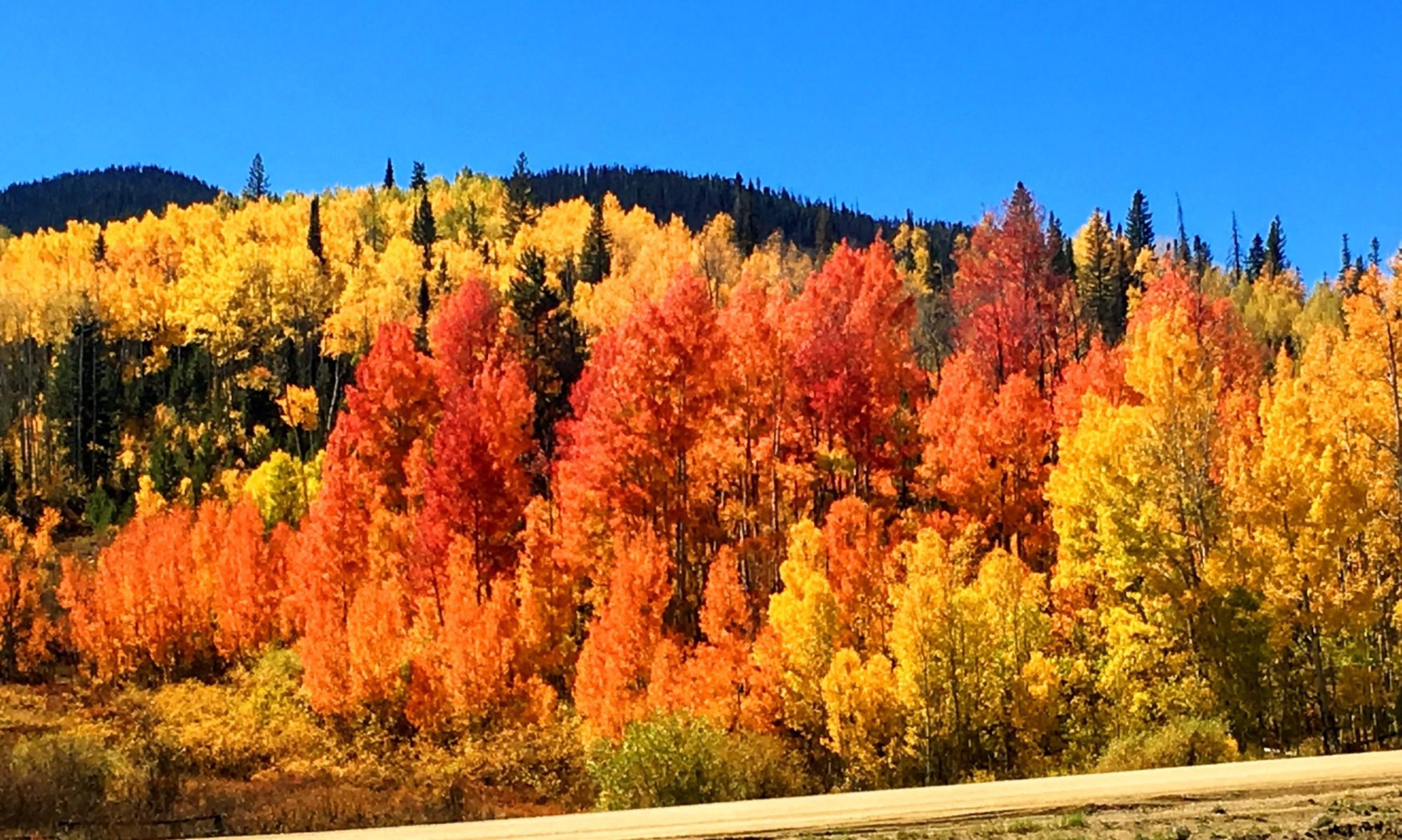If you have ever been on a ski trip and overheard someone excitedly say, “Let’s hit the bowl!” you may have wondered, what is a bowl in skiing? Is it a special kind of ski lift? A place to grab a post-run snack? Or maybe a top-secret skiing technique only the experts know? The answer is much simpler—and much more exciting.
A bowl in skiing refers to a naturally formed, wide-open area on a mountain, typically shaped like a giant, concave basin. These bowls offer skiers vast, ungroomed terrain, often covered in deep powder, providing a thrilling and unique skiing experience. Whether you are a seasoned skier looking for untouched powder or an intermediate skier wanting to test your skills on a larger canvas, bowl skiing is a must-try.
Understanding the Terrain: What is a Ski Bowl?
A ski bowl is a natural formation, usually found at higher elevations on a mountain. These areas are often the result of glacial activity, where ice and erosion have carved out a smooth, rounded depression on the mountain’s face. The result? A huge, open skiing playground where you can carve wide turns, float through fresh snow, and experience the thrill of untouched terrain.
Unlike traditional ski runs, which are often lined with trees or marked by groomed trails, bowls are open expanses where skiers can choose their own lines down the slope. This makes them a favorite for those who enjoy off-piste skiing and deep powder conditions.
Why Do Skiers Love Bowl Skiing?
For many skiers, bowl skiing is the closest thing to feeling like they are flying. The wide, open terrain allows for:
- Big, sweeping turns: No need to stick to a narrow path—choose your own adventure.
- Deep powder skiing: Many bowls collect fresh snowfall, offering that coveted soft, fluffy powder.
- A natural ski park feel: With rolling terrain, cliffs, and natural jumps, bowls provide endless variety.
- Fewer crowds: While ski runs can get congested, bowls often feel like your own private mountain.
Of course, with all that fun comes responsibility. Bowl skiing requires an understanding of the terrain, weather conditions, and sometimes even a hike to reach the best spots.
Different Types of Ski Bowls
Not all bowls are the same. Some are ideal for first-timers, while others will test the skills of the most advanced skiers.
1. Mellow Bowls (Great for Intermediate Skiers)
These bowls have a gentler incline and wider spaces, making them perfect for skiers who want to try bowl skiing without the intimidation factor. Resorts like Vail and Aspen Highlands offer beginner-friendly bowls where you can get a feel for the terrain.
2. Steep and Deep Bowls (For Expert Skiers)
If you love a challenge, there are steep, expert-level bowls that will get your adrenaline pumping. These bowls often feature deep powder, rugged terrain, and cliff drops. Places like Jackson Hole and Big Sky Resort offer legendary bowl skiing experiences for those ready to take on more extreme conditions.
3. Backcountry Bowls (For the Adventurous)
These bowls require hiking or special lift access and often sit in remote parts of the mountain. They offer untouched snow and fewer crowds, but also come with risks like avalanche danger and unpredictable weather. If you are venturing into a backcountry bowl, make sure to go with an experienced guide and carry proper safety equipment.
Challenges and Risks of Bowl Skiing
While bowl skiing is exhilarating, it comes with its own set of challenges. Before heading into a bowl, be aware of the following:
1. Weather Conditions Can Change Quickly
High-altitude ski bowls are exposed to the elements. One moment, you have blue skies and fresh powder, and the next, a snowstorm can roll in, reducing visibility to almost nothing. Always check the forecast before heading out.
2. Avalanche Risk is Real
Because ski bowls are ungroomed and exposed, they are more prone to avalanches. Resorts monitor conditions carefully, but if you are venturing into a backcountry bowl, carry avalanche gear and know how to use it.
3. Accessibility Can Be a Challenge
Some bowls are easy to reach via lifts, while others require hiking or traversing tricky terrain. If you plan to explore a remote bowl, make sure you are in good physical shape and prepared for the climb.
How to Approach Bowl Skiing for the First Time
If you are new to bowl skiing, start small and build confidence. Here are a few tips to help you get started:
- Pick the right bowl. Start with a mellower bowl before tackling steeper ones.
- Check conditions. Fresh powder makes for the best experience, but ice or low visibility can make bowls dangerous.
- Use the right skis. All-mountain or powder skis will help you float over deep snow rather than sinking into it.
- Ski with a buddy. Bowls are vast, and skiing with a friend ensures safety if something goes wrong.
- Have fun. The whole point of skiing a bowl is to enjoy the freedom it offers—so take your time and savor the ride.
By now, you should have a solid understanding of what is a bowl in skiing and why it is such a sought-after experience for skiers of all levels.
Final Thoughts
Whether you are an intermediate skier looking to expand your skills or an advanced skier searching for the perfect powder run, bowl skiing offers an unforgettable experience. The vast, open terrain and freedom to carve your own path make ski bowls one of the most exciting parts of any mountain.
So next time someone asks, what is a bowl in skiing, you will not only have the answer—you will be ready to ski one yourself. Planning a ski trip to Aspen? Stay close to world-class bowl skiing with premium apartments in Aspen, CO.

